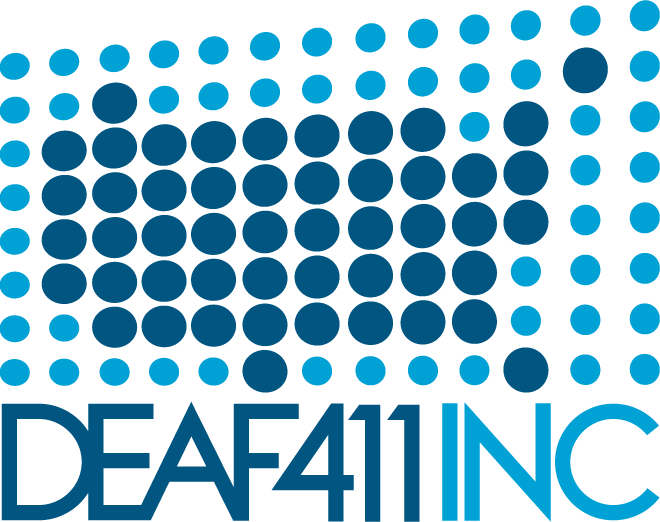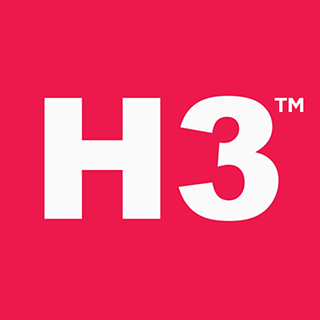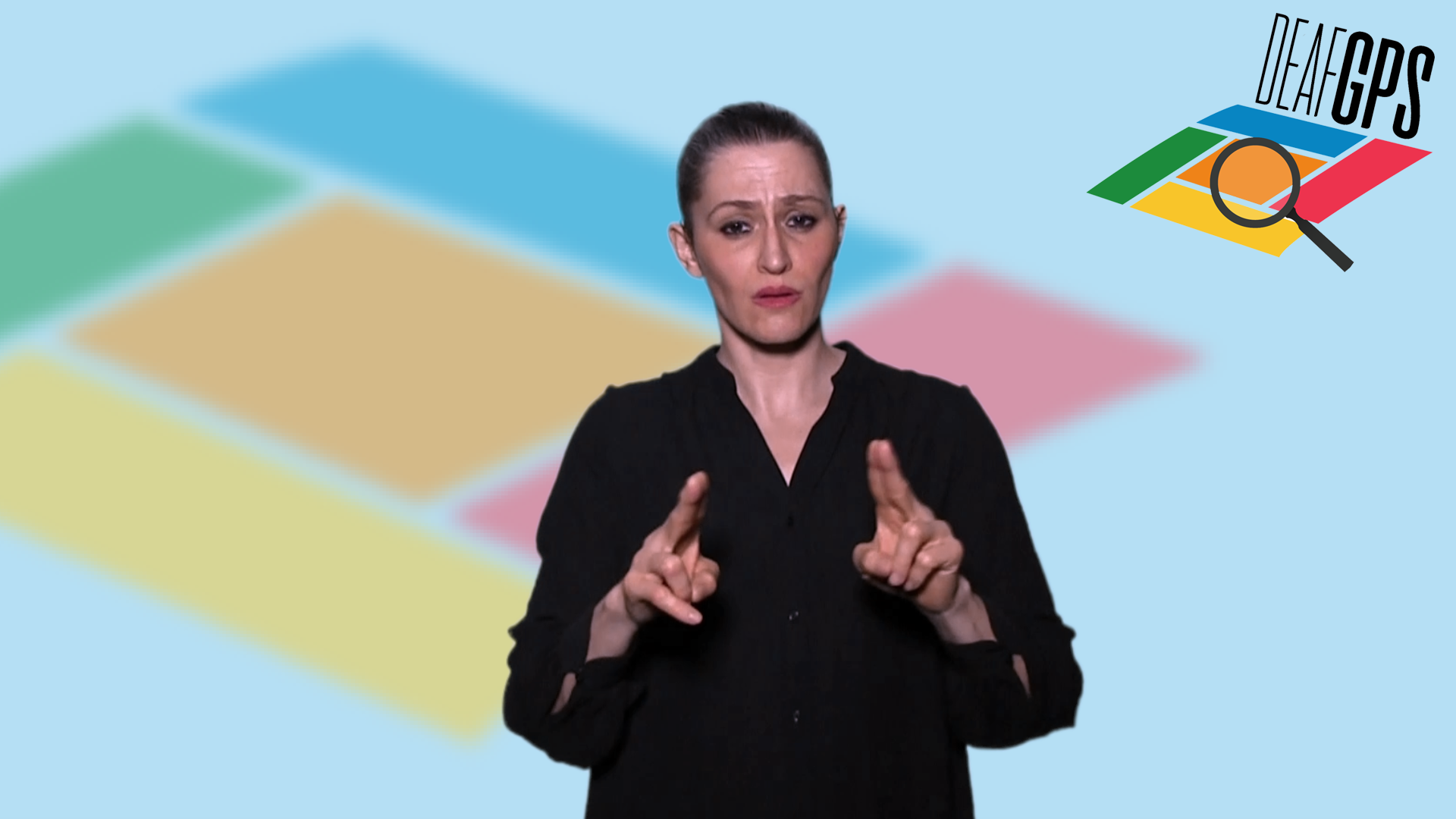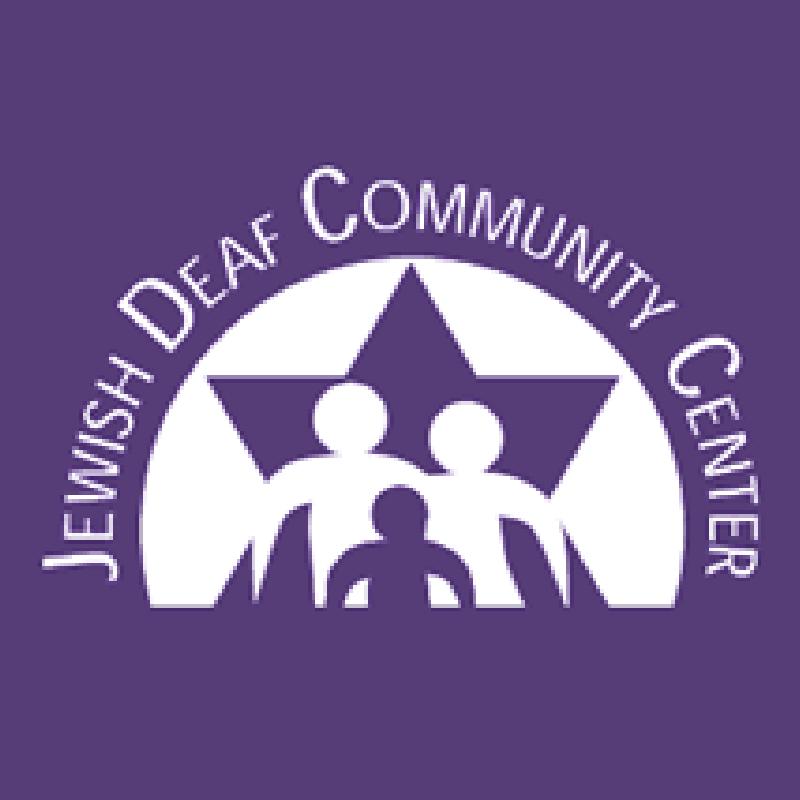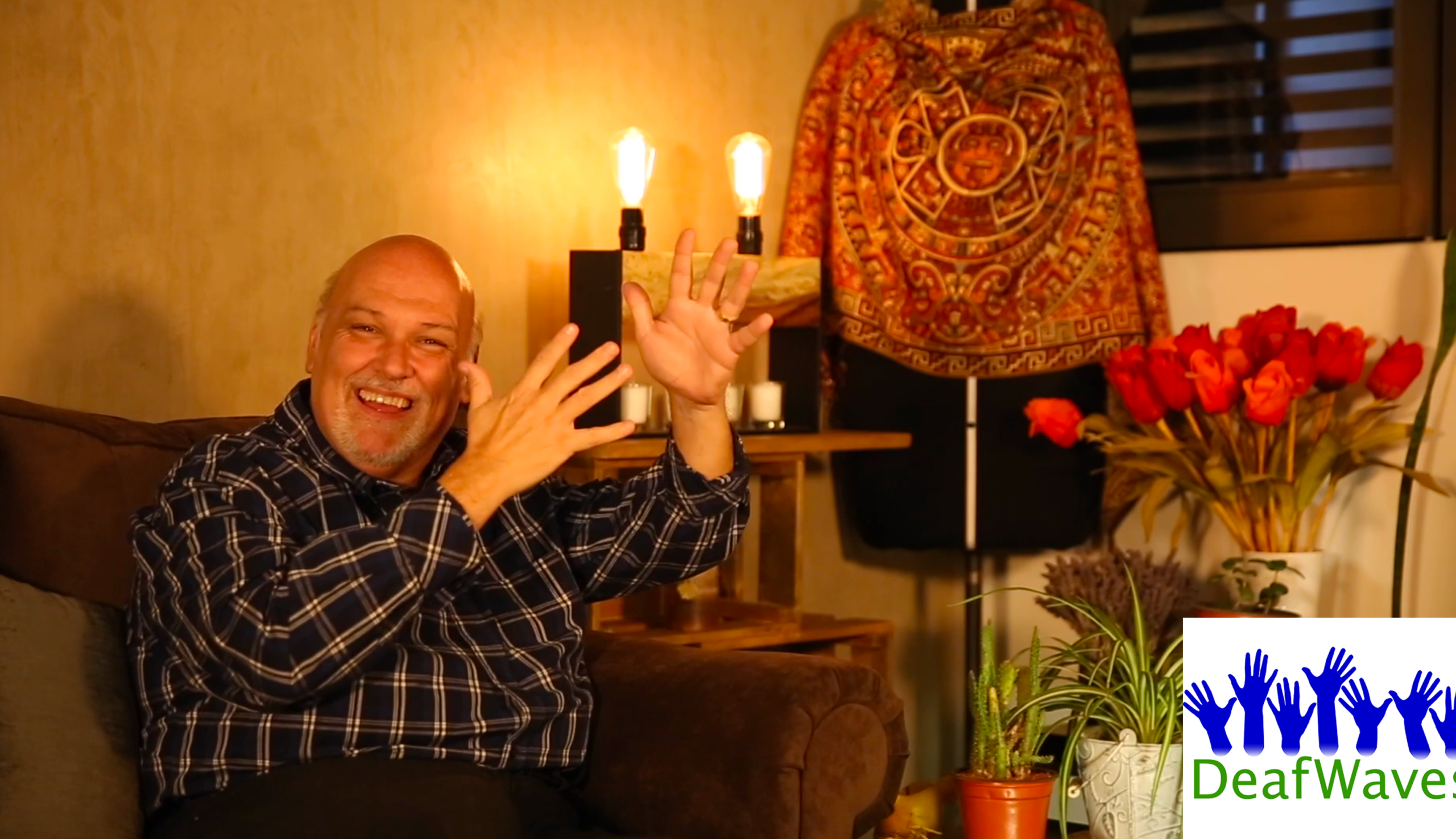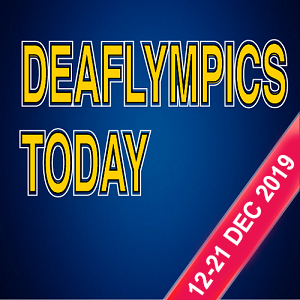« Looking for holiday gift ideas? | Main | Deaf411 eNewsletter – Making Your Space “Deaf Friendly” »
Videophones Now Utilize Latest in Technology
By Deaf411 | March 18, 2011
 The videophone is an essential appliance in a household where people use sign language. It has become part of our lifestyle allowing us to make “point to point” calls to other videophone users, and connect to any video relay service (VRS) where a communications assistant interprets the call between sign language and voice telephone users.
The videophone is an essential appliance in a household where people use sign language. It has become part of our lifestyle allowing us to make “point to point” calls to other videophone users, and connect to any video relay service (VRS) where a communications assistant interprets the call between sign language and voice telephone users.
The Federal Communications Commission, a federal agency that has regulated VRS since 2002, states that “Because the conversation between the VRS user and the Communications Assistant (CA) flows much more quickly than with a text-based TRS call, VRS has become an enormously popular form of TRS [Telecommunications Relay Service].”
Continuous Changes In VRS Industry
The advent of video relay services is only a decade old and yet, so much has happened in this short time period. An average of 8 million VRS minutes is now generated per month according to the National Exchange Carrier Association (NECA), a membership association of U.S. local telephone companies.
There are now 10 certified VRS providers and 32 white label providers according to a recent FCC filing by ConvoVRS.
Videophones
 To encourage widespread use of VRS, major VRS providers distribute videophones to qualified deaf sign language users who could obtain a VP200, Ojo, MVP, VPAD or other videophone appliances at no cost.
To encourage widespread use of VRS, major VRS providers distribute videophones to qualified deaf sign language users who could obtain a VP200, Ojo, MVP, VPAD or other videophone appliances at no cost.
Current Trends – What’s Hot?
As is true of technology in general, changes and advancements have been rapid. Webcams are now built in many laptops, desktops and many smartphones or mobile phones. VRS providers have, in the past year, introduced this explosion of increased videophone communication options as follows:
> Computer-based videophones.
 VRS providers are coming out with their videophone software that can be downloaded to a computer (either PC or Mac version), so you can make VRS calls right on your computer. This allows you to download software to your computer and upgrade to latest versions as they become available with additional or improved features through free software upgrades without replacing hardware.
VRS providers are coming out with their videophone software that can be downloaded to a computer (either PC or Mac version), so you can make VRS calls right on your computer. This allows you to download software to your computer and upgrade to latest versions as they become available with additional or improved features through free software upgrades without replacing hardware.
These products include Convo Desktop, P3 from Purple, nTouch PC from Sorenson, and Z4 from ZVRS.
> Web-based videophones.
 Using a web browser on your computer, you can go to the VRS provider’s website to make a VRS call. This allows you to use any computer anywhere to make videophone calls.
Using a web browser on your computer, you can go to the VRS provider’s website to make a VRS call. This allows you to use any computer anywhere to make videophone calls.
These products include Convo Anywhere.
> Mobile videophones.
 We all have dreamed of mobile devices…. and now it has become a reality! Many VRS providers are now creating videophone apps for different smartphone and mobile phone brands and models. Obviously the benefit is being able to make videophone or VRS calls anytime and anywhere!
We all have dreamed of mobile devices…. and now it has become a reality! Many VRS providers are now creating videophone apps for different smartphone and mobile phone brands and models. Obviously the benefit is being able to make videophone or VRS calls anytime and anywhere!
These products include Convo Mobile for iPhone and iPod Touch, Purple VRS for Android, iPhone and iPod, nTouch Mobile for EVO Android from Sorenson, and Z4 Mobile for HTC Evo 4G, iPhone 4 and iPod Touch from ZVRS.
Helpful Features to Consider
When comparing VRS providers, you may want to consider the different features that each VRS provider offers:
- Allow you to make point to point VP calls to other VP users, in addition to making VRS calls.
- Set up your “Custom Voice Greeting” message that you want hearing caller to hear when they call your videophone number.
- Ability to customize your Video Mail outgoing message.
- Designate your alert preferences – which email, smartphone or mobile phone address to alert you to incoming voice call or receive Video Mail message.
- Access to your personal videophone number directory through your videophone device, computer or web based videophone or mobile videophone.
Growing Pains
 The FCC continues to revise regulations to resolve major functional equivalency and technical issues. They require all VRS users, starting November 12, 2009, register for their own ten-digit telephone number to make it easier for hearing persons to call a VRS user (instead of an IP address or “proxy” number), and enable the VP user’s location information to be routed to the 911 call center in event of emergency.
The FCC continues to revise regulations to resolve major functional equivalency and technical issues. They require all VRS users, starting November 12, 2009, register for their own ten-digit telephone number to make it easier for hearing persons to call a VRS user (instead of an IP address or “proxy” number), and enable the VP user’s location information to be routed to the 911 call center in event of emergency.
Photo: Gregory Hlibok, a deaf attorney, became Chief of the FCC’s Disability Rights Office (DRO) in November 2010.
The FCC also clarified that all VRS providers are required to make their equipment compatible with each other. Reports are still being made that certain videophone products are not connecting properly to other brands.
Under current regulations, hearing people, especially children of deaf adults (CODA) who can use sign language are not allowed to register for a ten-digit telephone number, or qualify for free videophones from any VRS provider. How can a hearing signer connect to a deaf videophone user face to face?
Some VRS providers require you to have a different videophone number for each videophone product. As result, some VRS users have multiple VP numbers which makes it difficult to memorize.
Living On Limited Income?
 Communication Service for the Deaf (CSD) has obtained a grant from the National Telecommunications and Information Administration (NTIA) to create high speed internet access for low income deaf and hard of hearing people. If you qualify under low income guidelines, “Project Endeavor” can provide a video-configured notebook with mobile broadband card and a 12 months internet access plan at a subsidized low rate.
Communication Service for the Deaf (CSD) has obtained a grant from the National Telecommunications and Information Administration (NTIA) to create high speed internet access for low income deaf and hard of hearing people. If you qualify under low income guidelines, “Project Endeavor” can provide a video-configured notebook with mobile broadband card and a 12 months internet access plan at a subsidized low rate.
Technology Changes Daily
 New technology advancements and applications come out so fast it is difficult to keep up! This report from Deaf411 should not be considered complete. A great source of information to keep up with latest technology announcements impacting the deaf community can be found at DeafTechNews run by Samuel Sandoval, an Information Technology (IT) major at Rochester Institute of Technology (RIT).
New technology advancements and applications come out so fast it is difficult to keep up! This report from Deaf411 should not be considered complete. A great source of information to keep up with latest technology announcements impacting the deaf community can be found at DeafTechNews run by Samuel Sandoval, an Information Technology (IT) major at Rochester Institute of Technology (RIT).
~~~~~~~~~~~~~~~~~~~~~~~~~~~~~~~~~~~~~~~~~~~~~~~~~~
This report appeared in the March 2011 edition of Deaf411 eNewsletter, an electronic report which covers a different topic or theme in each month.
List of past issues.
SIGN UP to receive Deaf411 eNewsletter every month, it’s free.
~~~~~~~~~~~~~~~~~~~~~~~~~~~~~~~~~~~~~~~~~~~~~~~~~~
DISCLAIMER: If you have any questions about any information in the Deaf411 eNewsletter, please contact the company or organization listed in the article, announcement, or advertisement. DEAF411, as an information distribution service, makes every effort to ensure accuracy of information presented but cannot accept responsibility for completeness or suitability of information in the announcement.
Topics: Deaf411 eNewsletter | No Comments »
Comments are closed.
